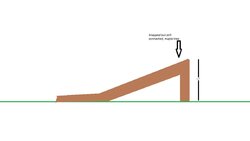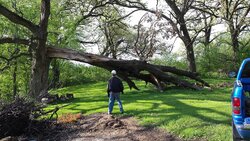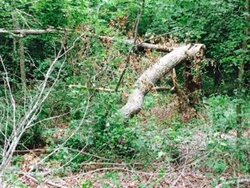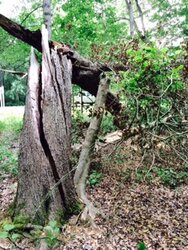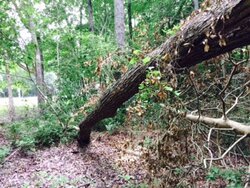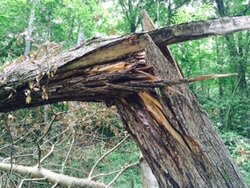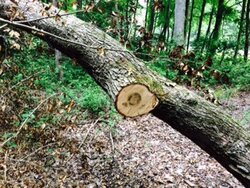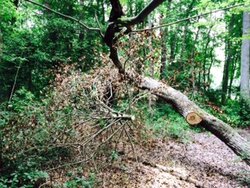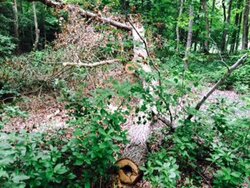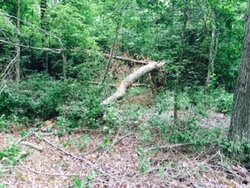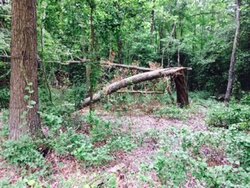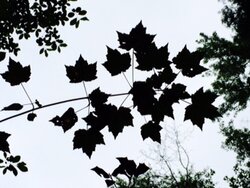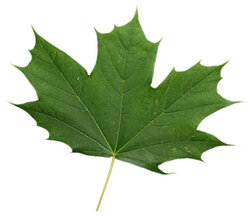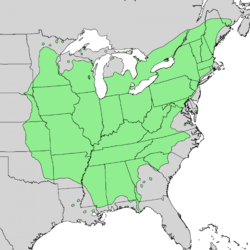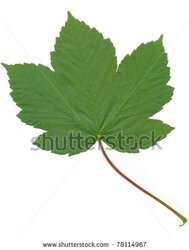How would you go at this... I already got the part I could that was "Y'd" off and up to where I felt safe without putting too much tension on my bar. It's a maple tree, so the wood is soft, and it cuts super easy. Its about 10' up to where it snapped over, but it's stringy there and still connected. I'm thinking a ladder on the right side of the actual trunk to use it to shield me and cut from the top to get it to drop. I really want this wood. It's super easy to get too, I can park my truck 4' from it for an easy load.
